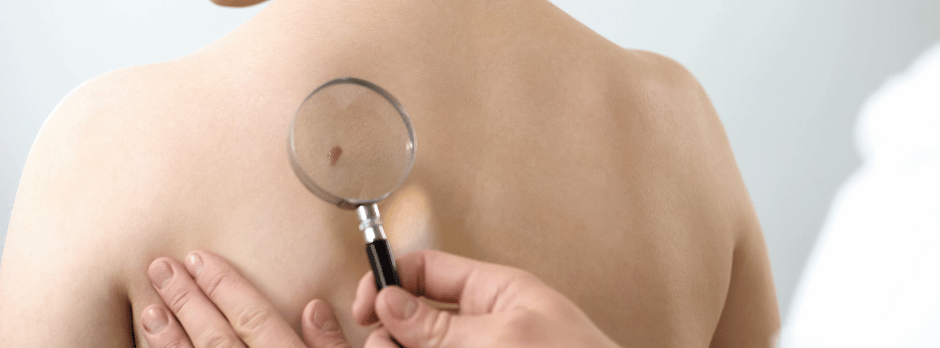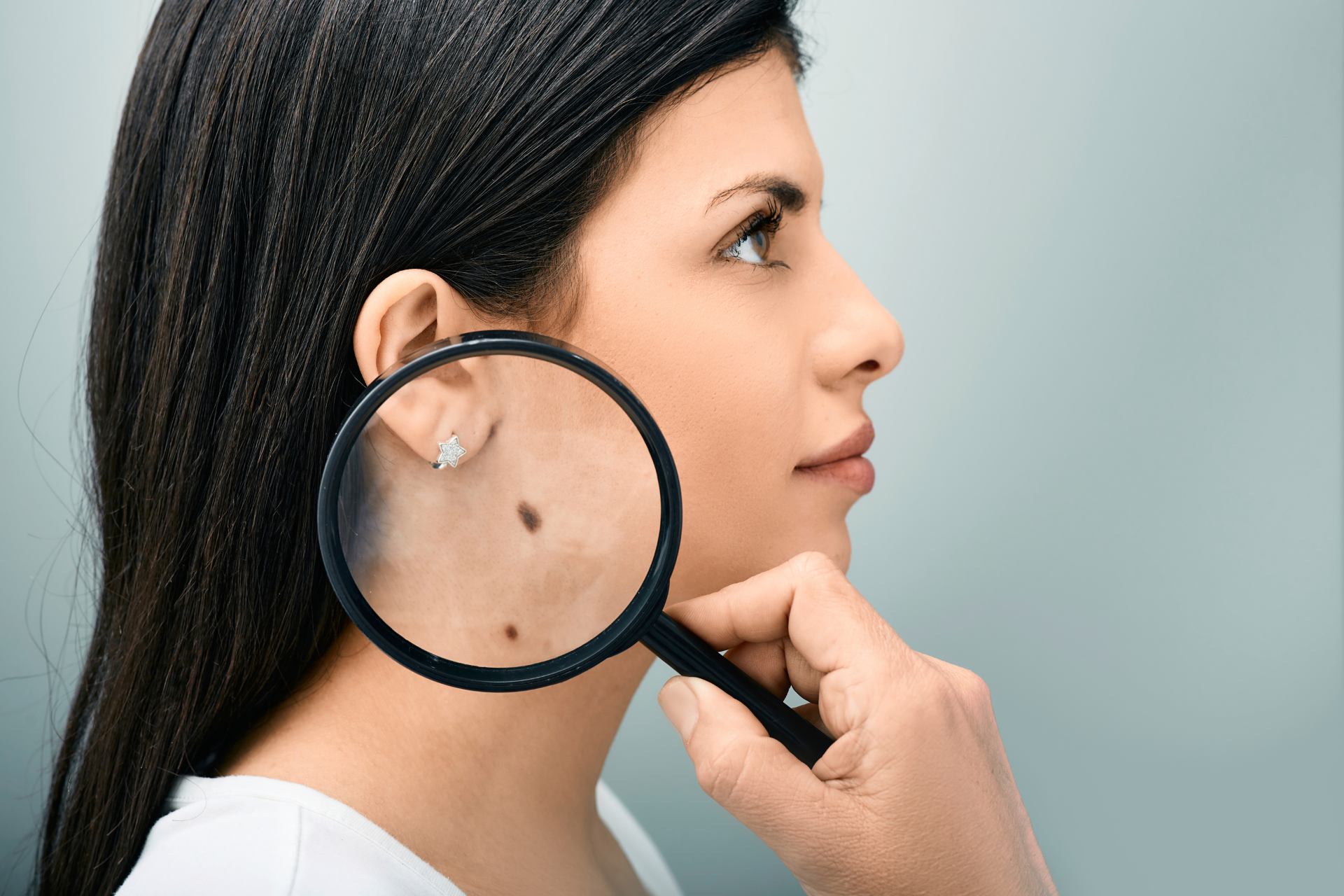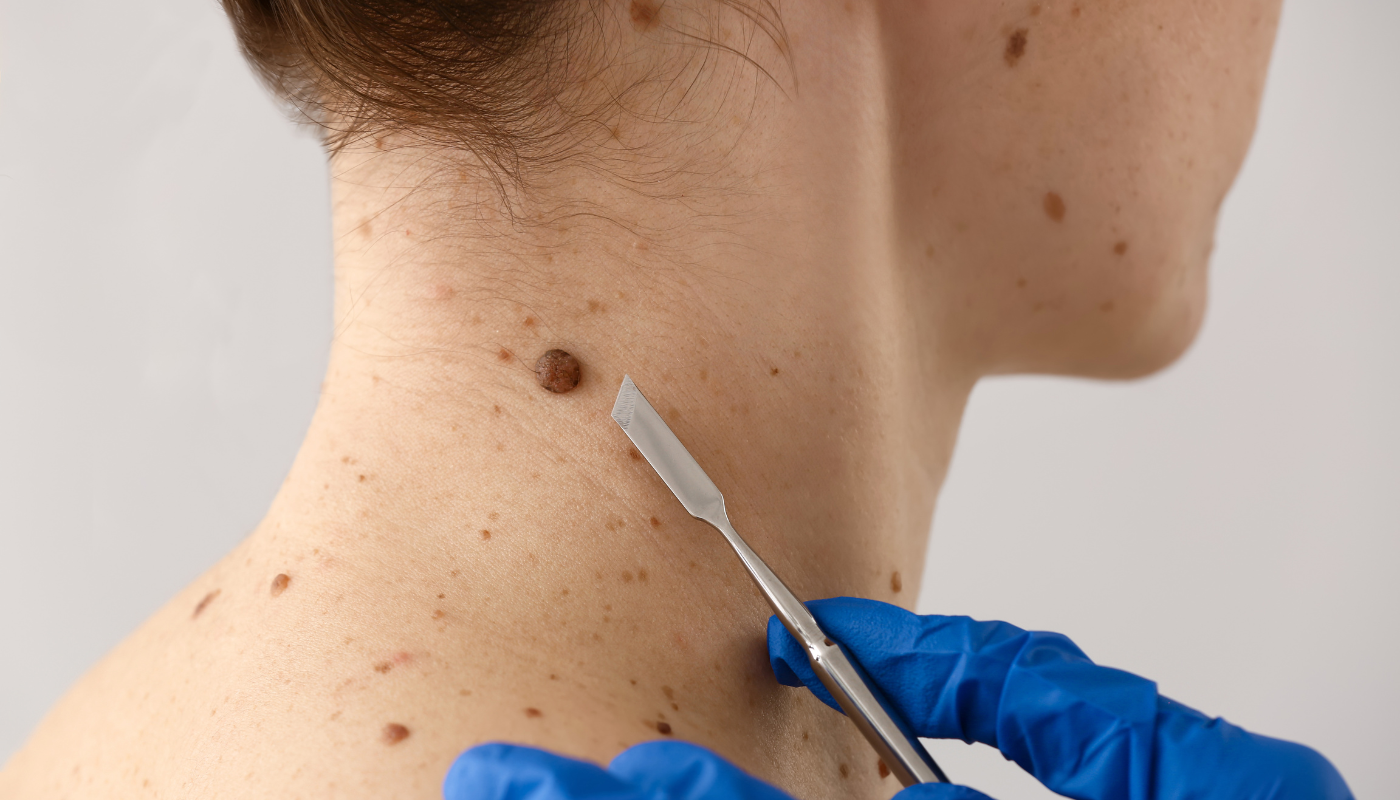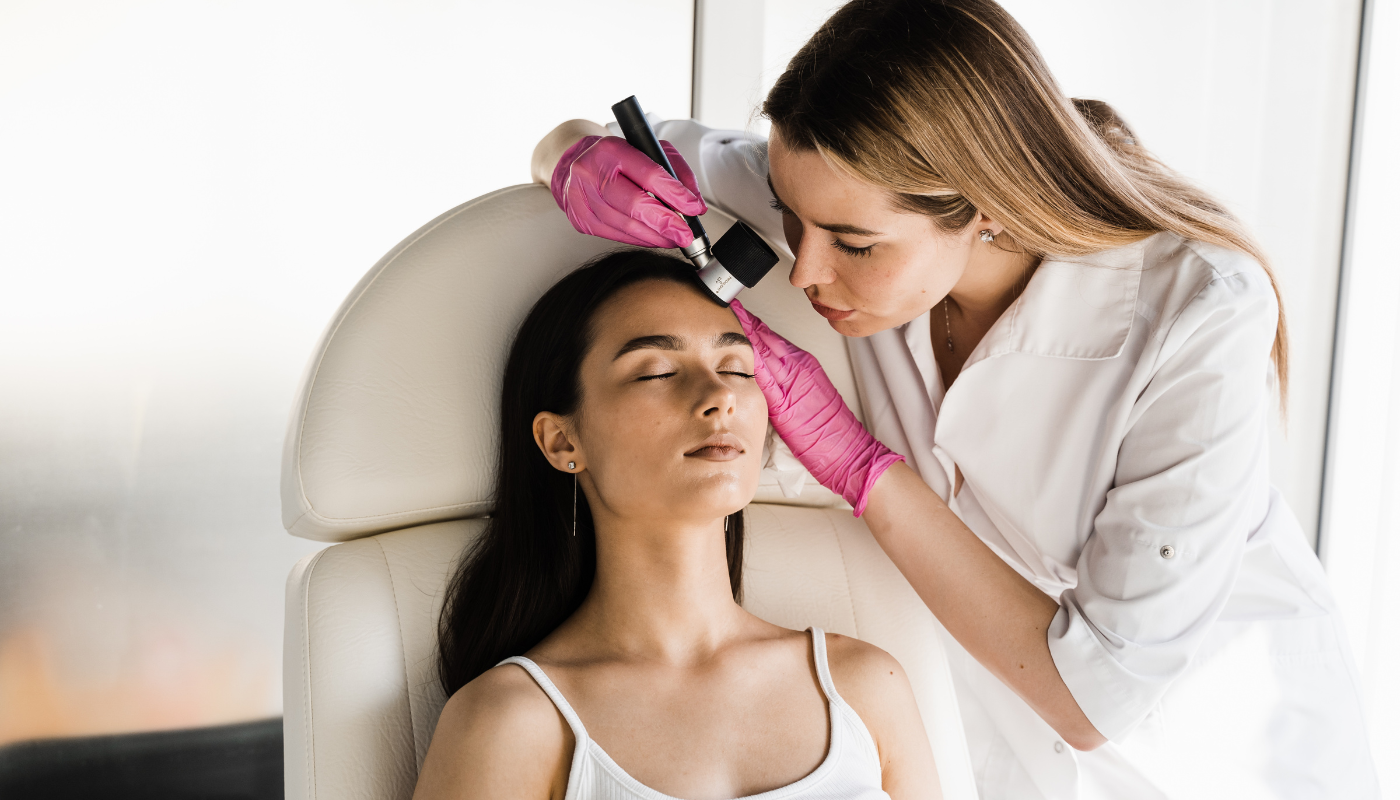The Importance of Regular Skin Checks
The Importance of Regular Skin Checks
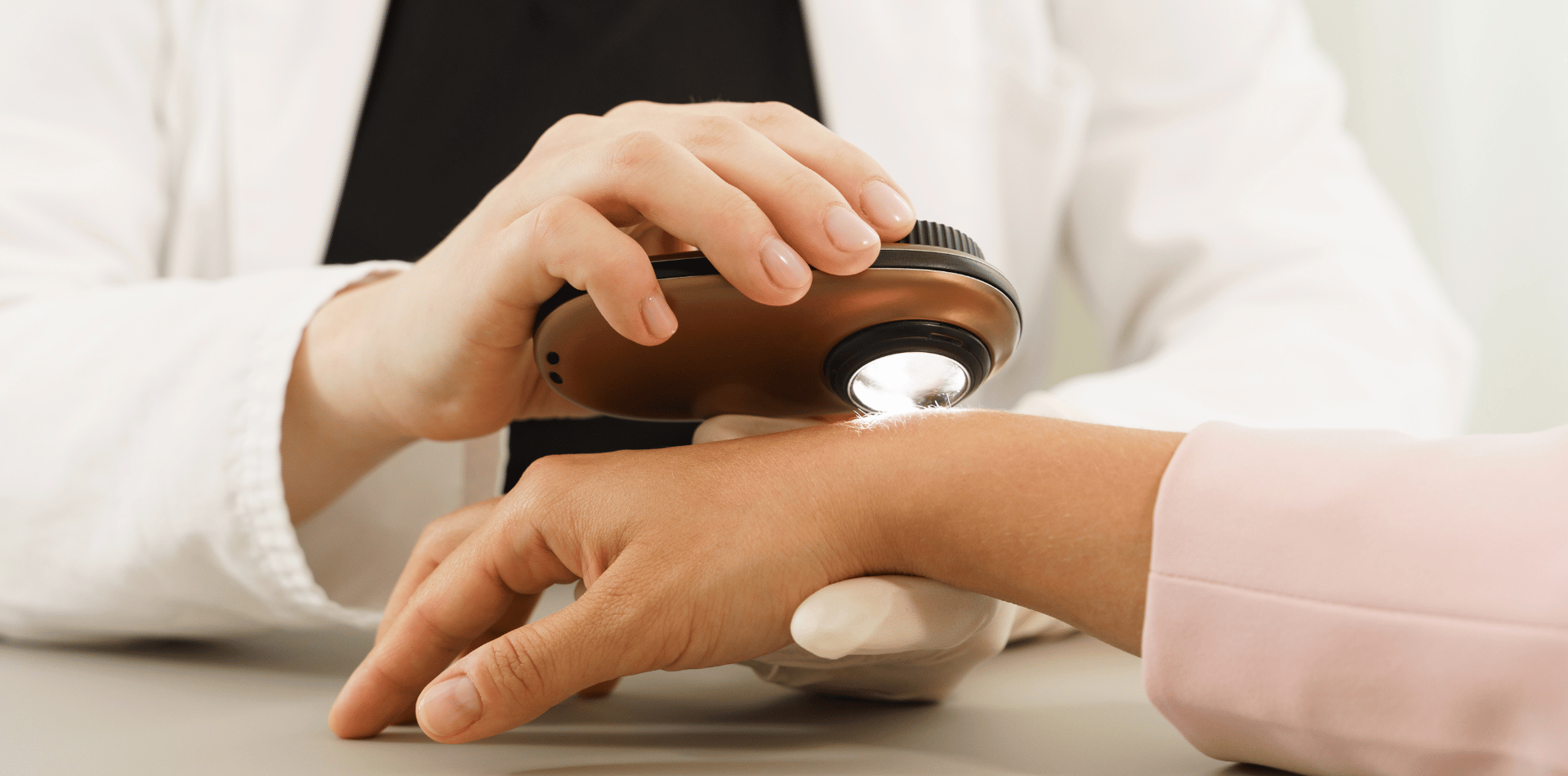
When it comes to health and well-being, one aspect that is often overlooked is the health of our body's largest organ, our skin. Many of us are diligent about yearly check-ups, dental cleanings, and even eye exams, but what about checking the skin?
So why are regular skin checks indispensable for a healthy life?
The Anatomy of Skin
To appreciate the importance of regular skin checks, it's crucial to understand the complex structure and function of the skin.
The skin is made up of three primary layers: the epidermis, the dermis, and the subcutaneous fat.
The Epidermis: The Outer Layer
The epidermis serves as the skin's protective barrier against the outside world. It consists mainly of dead skin cells that are constantly shedding and being replaced.
The Dermis: The Middle Layer
Located beneath the epidermis, the dermis contains sweat glands, hair follicles, and connective tissue. This layer is also responsible for the skin’s elasticity and strength.
The Subcutaneous Fat: The Innermost Layer
This is the layer of fat and connective tissue that houses larger blood vessels and nerves. It acts as an energy reserve and helps regulate body temperature.
Functions of the Skin
Skin serves multiple functions including protection, temperature regulation, and sensory perception. Therefore, maintaining its health is not just about aesthetics; it’s about overall well-being.
Common Skin Issues
While most skin issues are benign, some can signal underlying health concerns or even life-threatening conditions.
Acne and Pimples
These are common skin issues mainly faced by teenagers but can persist into adulthood.
Moles and Birthmarks
Generally harmless, these can sometimes become problematic if they change in size, colour, or texture.
Rashes and Allergies
Usually temporary, rashes can sometimes signify more serious issues like autoimmune disorders.
Sunburns and Freckles
Often dismissed as mere cosmetic concerns, excessive sun exposure can lead to skin cancer.
The Dangers of Skin Cancer
One of the most serious skin-related issues that people should be vigilant about is skin cancer.
Statistics and Prevalence
Skin cancer is the most common form of cancer in Australia. According to statistics, one in five Australians will develop skin cancer by the age of 70.
Types of Skin Cancer
Skin cancer primarily falls into three categories:
Basal Cell Carcinoma
The most common type, rarely spreading beyond the original tumour site.
Squamous Cell Carcinoma
More likely to spread and may become life-threatening if not treated early.
Melanoma
The most dangerous form, known for its ability to spread rapidly.
Risk Factors
Excessive sun exposure, family history, and certain types of moles are key risk factors for skin cancer.
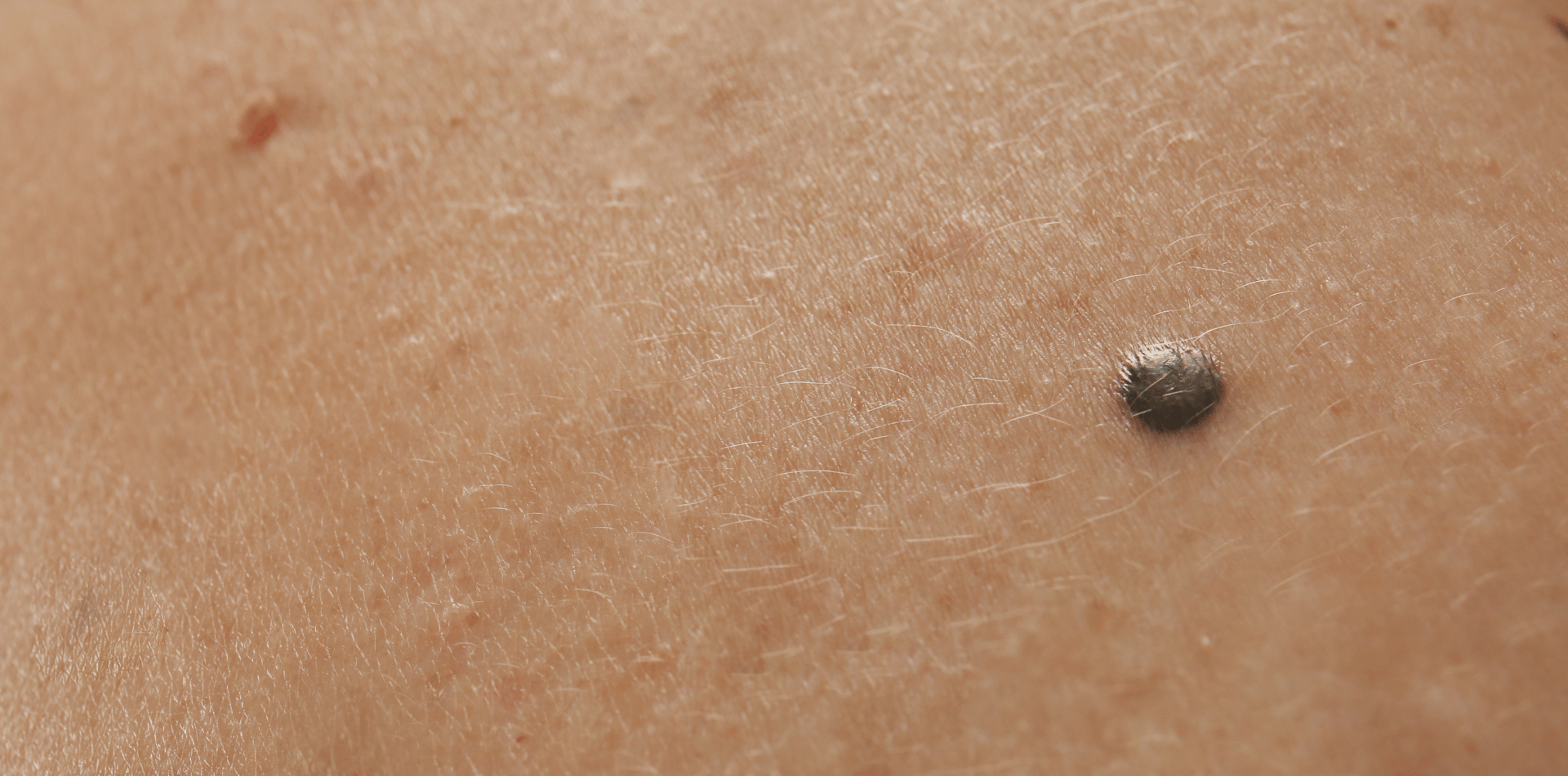
Importance of Early Detection
Detecting skin abnormalities early on is key to effective treatment and potentially saving lives.
Statistics on Early vs. Late Detection
For melanoma, the five-year survival rate is 99% if detected early. This figure drops dramatically to 25% for late-stage detection.
The ABCDE Rule for Moles
Asymmetry, Border, Colour, Diameter, and Evolving are key characteristics to look for in moles.
Importance of Regular Skin Checks
Regular checks allow for early detection, which drastically improves treatment options and outcomes.
How to Perform a Skin Check at Home
While professional screenings are indispensable, there are also ways to conduct skin checks right at home.
Tools Needed
A well-lit room, a full-length mirror, and a handheld mirror will suffice.
Step-by-Step Guide
From your scalp down to your toes, examine every inch of your skin.
What to Look For
Follow the ABCDE rule and look for any new growths, sores, or changes in existing moles.
When to Seek Professional Help
If you notice anything out of the ordinary, consult a healthcare provider for a thorough evaluation.
Professional Skin Checks
For a comprehensive assessment, it's crucial to consult a healthcare provider for regular skin screenings.
What Happens During a Professional Skin Check?
A dermatologist will examine your skin, usually with the aid of a dermoscope.
How Often Should You Get One?
The Dermatology experts recommend annual skin checks, but this may vary based on individual risk factors.
How to Prepare for a Skin Check
Avoid wearing makeup or nail polish and bring a list of any skin concerns you may have.
Taking the Next Step: Your Health is in Your Hands
Skin checks, both at home and with a healthcare provider, should be as routine as any other form of health maintenance.
We've covered the significance of early detection, types of skin cancer, and the dire statistics associated with late diagnoses.
So, take action today and schedule your skin check—it might just save your life.
FAQ Section
Q: How often should I perform self-checks?
- Monthly self-checks are generally recommended.
Q: Can I ignore small changes in my skin?
- No, consult a healthcare provider for any changes.
Q: Do I need a professional check even if I find nothing in my self-check?
- Yes, professional checks offer a more comprehensive evaluation.
Q: Is skin cancer the only concern?
- While it’s a significant concern, other skin conditions also merit attention.
Q: What age should one start getting professional skin checks?
- It's advisable to start annual checks in your early 20s, or earlier if you have a family history.
Taking proactive steps for skin health isn't an option; it's a necessity.
So, whether it's a routine check-up or a more immediate concern, make skin checks a regular part of your healthcare regimen.
And there you have it—an in-depth look into the importance of regular skin checks, complete with guidelines, and an FAQ section for your lingering questions.
Stay vigilant and stay healthy.
More Skin Tips.
CoreBodi


